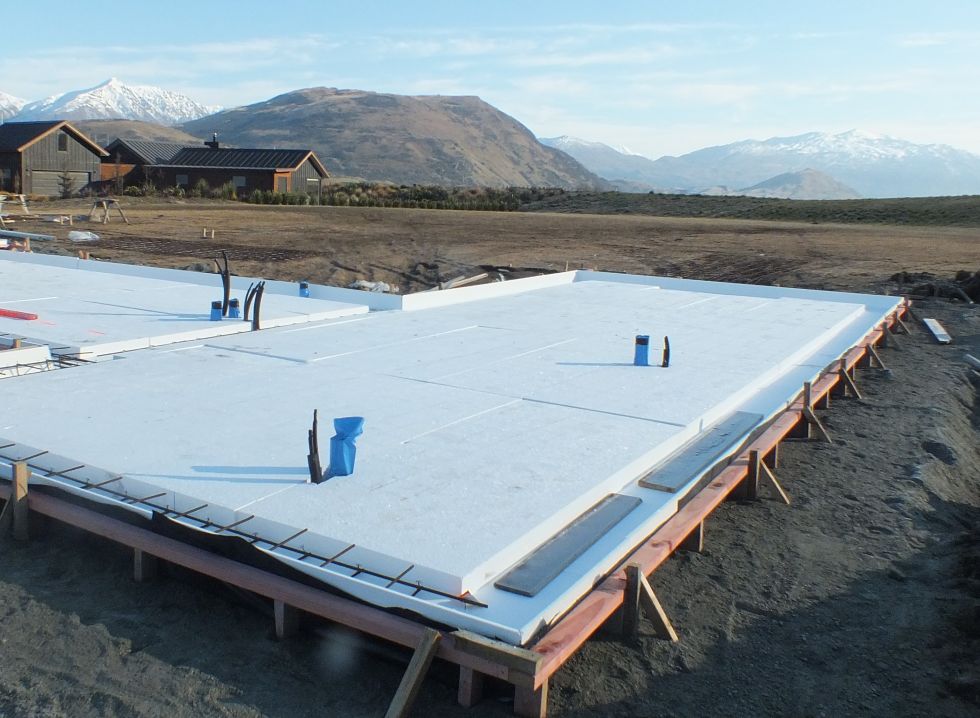
Posted July 20, 2021
So you’re going to build a house?
You’ve looked around at existing houses and are horrified at the compromises you’d have to make for the price you need to pay.
You’re now excitedly choosing what colour your marble bench top is going to be and whether the integrated coffee machine is going on the left or right hand side of your double steam oven.
STOP.
Wait!
Back up a bit.
Have you thought about what’s below that marble bench top. No, not the engineered timber floor either, but what the concrete slab sits on.
Yes, the ground that lies beneath.
No?
Well it needs to be considered. If it moves, so does your bench top and that is not a good thing! This is where a Geotechnical Engineer comes in. These are guys and girls that live for playing with dirt. Slightly weird perhaps, but nonetheless, incredibly important to your future security.
You could just trust them, but considering how much money you are spending to house your bench top, wouldn’t it be wise to at least understand the basics, so you can make some informed decisions, when the need arises?
See, geotechnical engineers will generally give you more than one solution to start with. They like standardised options.
How do you know you have the right solution for your situation?
In Geotechnical Engineering parlance there are three ground classifications that you should be aware of;
Why do you need to know this?
This ground classification will dictate how much of that marble bench top, or that coffee machine you can afford. That’s because the poorer the ground, the more your wallet will bleed to ensure that you end up with a resilient, durable foundation.
The good news is that the foundation solutions for liquefaction are similar for expansive soils, as they both look to resist differential movement, so that helps reduce the options.
At MAXRaft, we provide foundations solutions for these ground classifications.
The deeper the the foundation (250-400) the better the foundation resists ground movement. The added bonus is that our foundations are fully insulated and reducing your power bill at the same time, as providing a firm footing for your new home.
Remember, you can always add the bench top later, you can't upgrade your foundations so easily!
Written by Damien McGill, The Healthy Home Cooperation